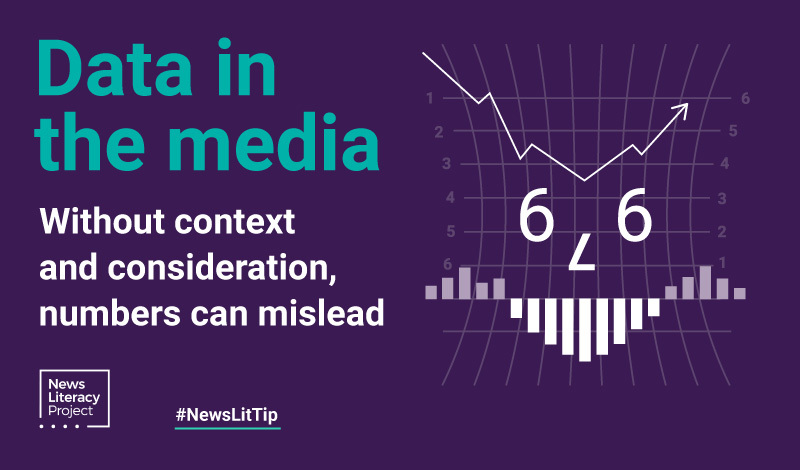
News Lit Tips
Public service, not ad dollars, are at the heart of good journalism

Good ethics make for good journalism.
The Society of Professional Journalists publishes ethics codes from news outlets and journalism organizations around the world — and it has its own, too. These are principles meant to guide journalists as they report on events in the public interest. Running like a thread through all the entries is the idea that good journalists are loyal first and foremost to the public — and therefore to the truth.
Such loyalty requires, above all, an independence from influence and pressures that might shade how a journalist sees or reports the facts.
For example, if readers thought that a reporter was doing a favor for an advertiser by highlighting positive aspects of a service or product, or they suspected that a reporter was trying to support the editorial board’s stance on a contentious issue, such doubts would damage the credibility of both the reporter and the institution.
That’s why, at news outlets that adhere to the highest standards of journalism, reporters and editors do not work directly with the advertising staff and are completely separate from the opinion section (which typically includes the editorial board). Indeed, these outlets protect the independence of their reporters with policies that insulate newsrooms from the influence of advertisers, the editorial board and other opinion writers.
As anyone paying attention to news knows, news organizations are facing financial pressures as never before. That has, in recent years, led some journalists to urge other reporters to at least be more familiar with practices on the business side that keep the newsroom afloat.
In its 2014 innovation report (PDF), an internal committee at The New York Times wrote: “The wall dividing the newsroom and business side has served The Times well for decades, allowing one side to focus on readers and the other to focus on advertisers. But the growth in our subscription revenue and the steady decline in advertising — as well as the changing nature of our digital operation — now require us to work together.” Emphasizing different parts of the “business side,” the report goes on: “We still have a large and vital advertising arm that should remain walled off.” But there is now room at the Times — and elsewhere — to determine whether marketing efforts can build from reporting in ways not previously considered.
And while some lines are gray, the bright line of independence of reporters doing their jobs stays true, enshrined in ethics guidelines that remind readers and reporters alike that journalism’s first obligation is to the truth, and its first loyalty is to citizens.



